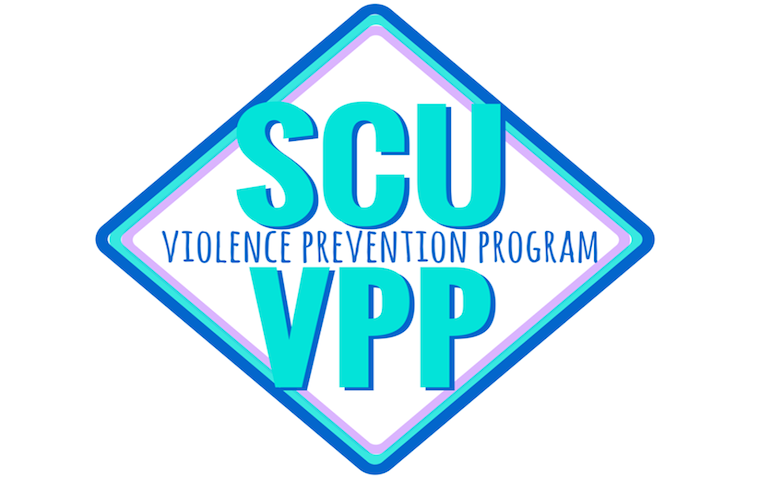
Be an Active Bystander
Three big tips you can use to actively intervene and stop sexual assault before it happens
Emma Hyndman and Paulina Cheves
One in five women, and one in 16 men will experience sexual violence during their college formative years. The statistics can be shocking but there’s hope. What most students don’t realize is that they can actually help prevent assault by intervening before it happens.
Have you ever been with a friend who is getting really uncomfortable around a guy who is especially aggressive? Ever feel that strong feeling in your gut, knowing that what’s happening isn’t okay? Ever wanted to do something but weren’t sure what or how to handle the situation? If your answer is yes to any of the above, you’ve experienced being a bystander.
Choosing to take action can prevent a sexual assault, helping a friend in an awkward and stressful situation find a way to leave and feel safe again. But how do you do it? By being an active bystander.
Here are three big tips you can use to actively intervene and stop sexual assault before it happens.
Use the Three D’s:
Direct: Direct intervention confronts the situation head on. This can be as simple as asking if everything is ok or telling someone to stop what they’re doing. It might be telling a friend that it’s time to leave or calling someone out on offensive language or problematic behavior.
Delegate: Delegating involves seeking help from another person. This could a friend, a stranger, or someone who has authority in the situation like a resident advisor, a Campus Safety Officer, the police, a bartender or bouncer.
Distract: If you don’t feel comfortable being direct or delegating, distract. Distracting interrupts a situation without directly confronting a potential offender. This might look like asking for directions, telling your friend you need to speak to them privately, talking loudly on your phone near a problematic situation, or any other creative interruption you can come up with.
Get more support: By joining forces with student leaders, faculty members, Campus Safety, the Title IX office, and the Office of Student Life you can mobilize your entire community and infuse the idea of a culture of care into all aspects of campus life.
Educate and Advocate: Education and advocacy efforts empower students to look out for one another at parties, in the dorms, or just walking down the street. Host training sessions with on-campus organizations, residence halls, and student leaders, to help people overcome specific barriers and play out real-life scenarios that could arise.
Emma Hyndman and Paulina Cheves are students working with the Violence Prevention Program at Santa Clara University.
This article first appeared in USA Today College